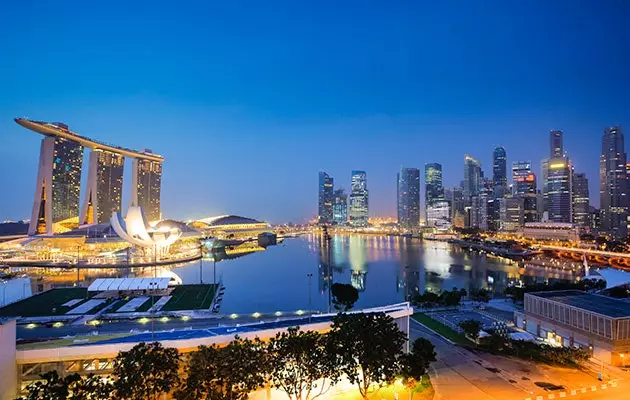
Singapore: a trip to the future
SINGAPORE: THE ORIGIN OF THE SMART CITY
This Asian city was the first to coin the term Smart City, and since then it has led this architectural trend. In 1992 the government declared its intention to become a "smart island", and has done so through a pioneer subway (the ticket, for example, is paid through the mobile), tolls that vary according to traffic flows, computers that you enter with your fingerprint or recycling of rain to turn it into drinking water. Also, as all taxis have an integrated GPS, you can know the traffic situation in real time and find out if an accident has occurred. Homes and businesses are also interconnected and the majority of the population owns their own home. But not everything is so new: the vast green spaces merge with mythical neighborhoods of the city , such as Chinatown or Little India, which have been surrounded by sustainable skyscrapers and large financial areas.
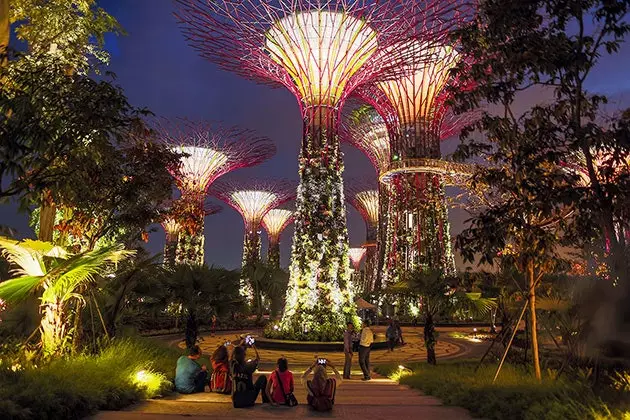
Gardens by the Bay, the future of gardening in Singapore
MASDAR: THE FIRST ECOLOGICAL CITY
Imagine a futuristic structure surrounded by large solar panels in the middle of the desert. That's Masdar: a city designed by architect Norman Foster in the middle of the United Arab Emirates . The buildings are inspired by Moorish architecture, with alleys that avoid the sun and create windy spaces (temperatures exceed 50 degrees during the day). It is considered one of the first one hundred percent ecological cities in the world, since it is capable of self-sufficient through solar energy , its buildings have low energy consumption and the air conditioning comes from wind energy. In addition, Masdar can only be entered by bicycle or public transport, as cars circulate through tunnels underground. Although at the moment only students and workers from ICT companies live, it is expected that in the coming years they will reach 50,000 inhabitants. From the sky, the square and walled shape of the project is reminiscent of an oasis in the middle of the desert. And in fact, Masdar means "source of water".
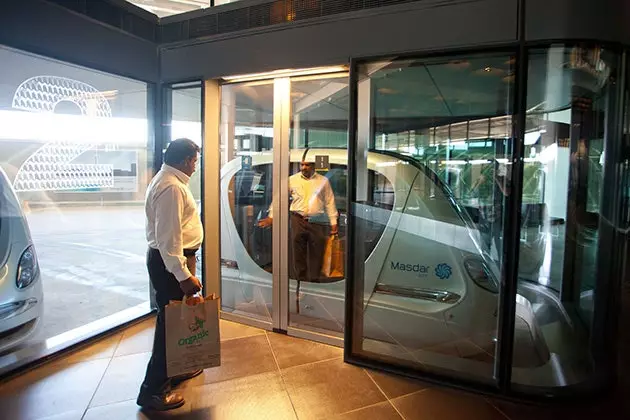
Masdar, the first ecological city
** HAMMARBY SJÖSTAD : STOCKHOLM'S ECO-FRIENDLY DISTRICT**
Not all Smart cities are far from Europe: you only need to travel to Sweden to discover one of the smartest districts on the continent. Hammarby Sjöstad integrates sustainable energy, water and waste management on an old industrial site converted into an ecological district south of the capital. Garbage is collected by underground systems and burned to produce electricity, biogas is obtained from the water for fuel and low consumption appliances are used. Its car-pooling system is also famous, in which 300 neighbors share 25 biogas or ethanol cars. If you are interested in the initiative, you can visit the environmental information center and attend conferences on citizen sustainability. It is also a good opportunity to walk through the first “Green Capital of Europe”, an award given to Stockholm for its innovative environmental projects.
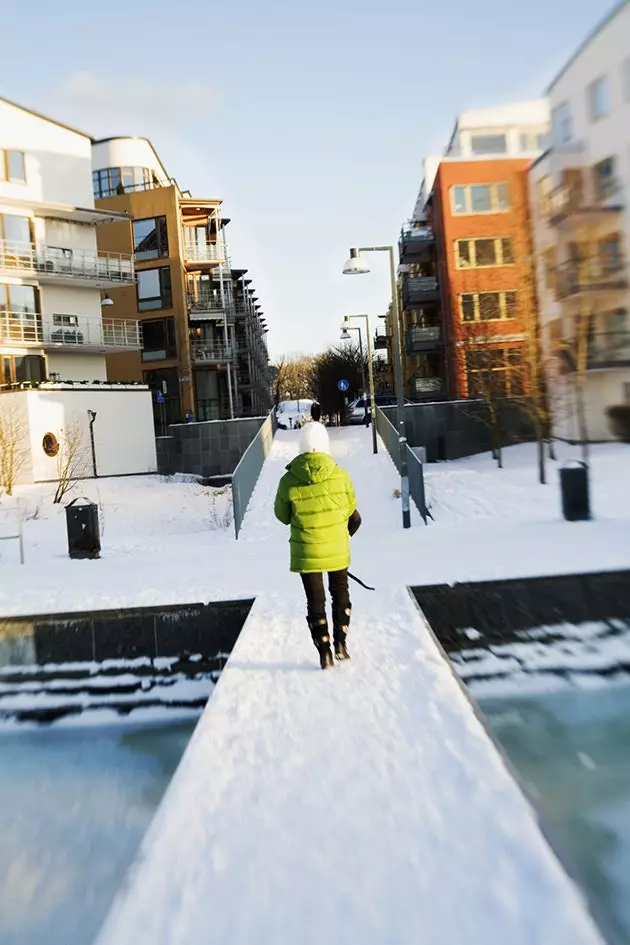
Hammarby Sjöstad, the eco-friendly neighborhood of Stockholm
BEDZED (UK) : THE SUSTAINABLE COMMUNITY
East district of hundred houses near London It is one of the smartest places on the whole island. Its name means Beddington Zero Energy Development (Beddington Zero Energy Development), since they only use renewable energy. The design of the houses allows changing consumption habits and being more sustainable, thanks to rooftop garden, glass walls to keep warm (as if it were a greenhouse) and water meters to be aware of the expense. In addition, many locals grow their own food, have their homes connected by bridges and share cars to reduce carbon emissions, pioneering car sharing in the UK. This project by the architect Bill Dunster, who has also built a prototype of a low-energy sustainable home, revolutionized sustainable construction and has been awarded by the Royal Institute of British Architects. If you visit London, you can come here and ride a bike, or ask the neighbors what it is like to live in an ecological neighborhood.
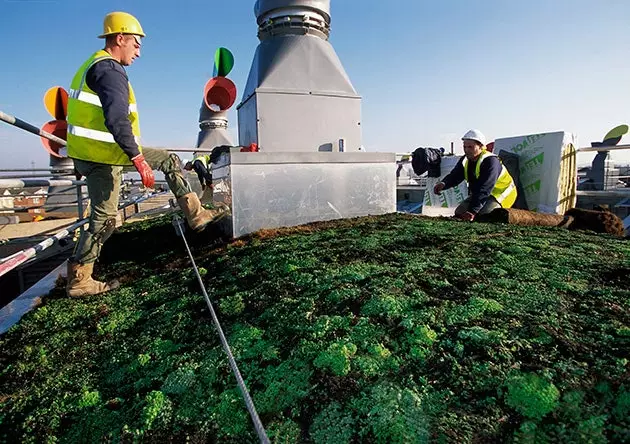
Bedzed, the sustainable community in the UK
CURITIBA: THE HEIGHT OF GREEN URBANISM
Megacities are not usually very sustainable. But this Brazilian town is an example of how to combine green areas with asphalt. It is estimated that its citizens can access an average of 52 square meters of nature around it , in the form of parks, forests and public green spaces. These are capable of collecting rain in winter to be able to self-irrigate in summer, without spending more water than necessary. In addition, Curitiba is famous for its traffic management: they used the first biodiesel buses in Latin America and they have invented the BRT or Bus Rapid Transit system (some bus lines run every ninety seconds). On the other hand, its citizens recycle up to 70 percent of their waste, they have planted more than a million trees without asking the council for permission, and they even fill the streets with flowers. The urban planner and former mayor of Curitiba, Jamie Lerner, has it very clear: “ Cities are not the problem of the future, but the solution”.
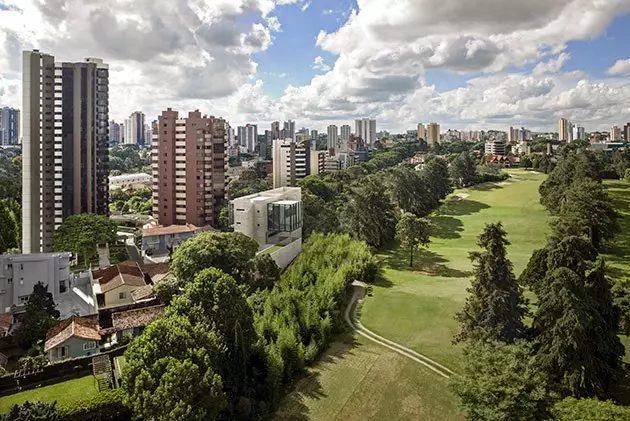
One of the green areas of Curitiba
SONGDO (SOUTH KOREA) : INTEGRATED HIGH TECHNOLOGY
This experimental project in South Korea has been built from scratch reclaiming land from the sea, and has such curious things as waste that goes from the kitchen to a recycling center (you no longer have to go out to throw the garbage!), sensors for control the temperature and public transport, High-speed Wi-Fi on the street or charging stations for electric cars . In the heart of the city there is a large park, as well as 600 hectares of open spaces, which allow socializing and walking to the sites. Home to many tech startups, the Songdo International Business District has been compared to a “living organism” completely oriented towards sustainability. In fact, even the pipes are designed to prevent drinking water from being used in toilets, and **the use of the “Internet of Things” (Internet of Things or IoT) **, a term to describe electronic objects, is promoted that communicate with each other through the Internet, for example a mobile phone telling a fridge to make ice for the daiquiris that we want to drink in the afternoon. Doesn't that sound fantastic?
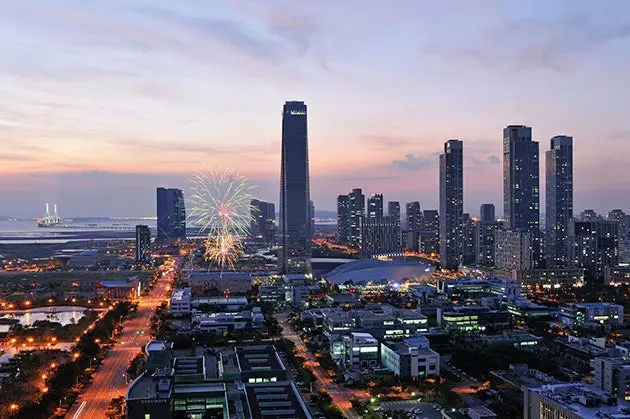
Songdo, high technology in Korea
